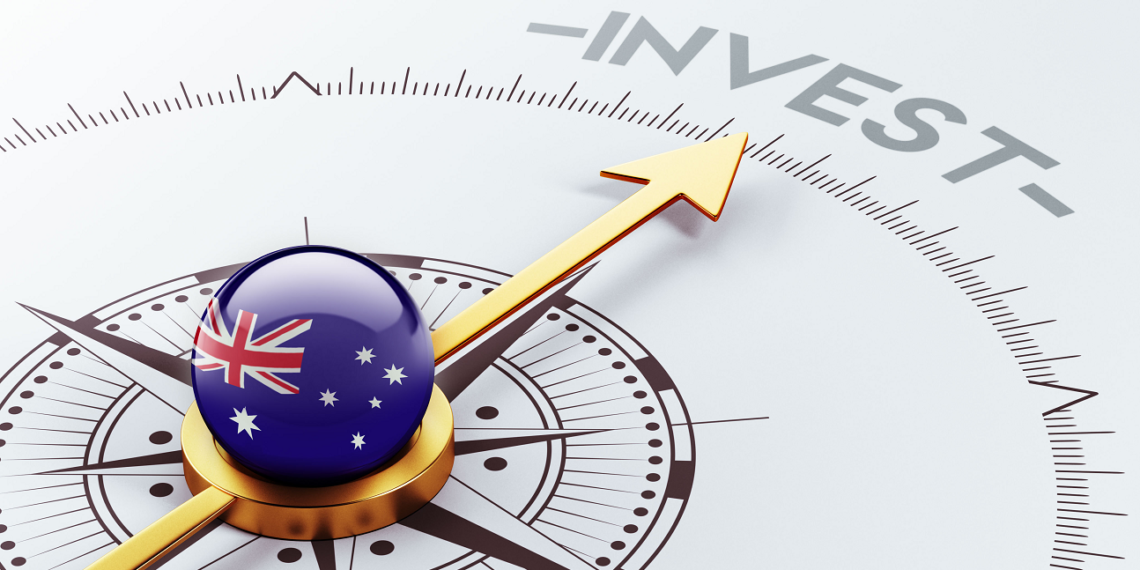This week in Australia, Queensland announced that it would invest A$245M (US$164M) into helping expand its critical minerals sector. The amount includes a fund of A$100M that will support new investment into mining projects in the region alone.
As a critical mineral abundant state, Queensland has key minerals the Australian government is keen to access to build infrastructure required for the transition to a net-zero emissions future. The strategy will also support thousands of jobs in the area.
“The Queensland Critical Mineral Strategy is about growing this industry by not just mining the raw materials, but also being able to process it and manufacturing renewables right here in Queensland,” said Annastacia Palaszczuk, Queensland’s premier in the state’s capital, Brisbane.
“I want Queensland to be a global leader, supplier, and manufacturer of critical minerals, and this strategy will help us achieve that.”
The new announcement states that the Queensland government will help mining companies in a multitude of ways. First, the state will allocate A$55M for investments to reduce rent for new and existing exploration minerals permits to A$0 for the next five years.
One of the main highlights of the announcement was that there will be a A$100M Critical Minerals and Battery Technology Fund, which will support new project investment.
Additionally, Queensland will also spend approximately A$75M to establish critical mineral zones, initially in the cities of Julia Creek, Richmond, and around Mount Isa, to help advance critical minerals projects. Along with these initial investments, Queensland will also establish an integrated office to oversee the critical mineral sector development and help attract international investment.
The state government will also invest A$5M for critical minerals mining waste and tailings, as well as A$8M to fund scientific research including circular economy initiatives, with A$1M to be used for advance research and ESG.
In the past few years, Australia has ramped up funding for critical minerals projects, but continues to have difficulty mining, processing, and marketing them, which can make it difficult for developers to line up funding. This increase in spending from the Australian government on the state and federal level will likely alleviate some of these issues.
Australia has vast critical minerals reserves and supplies almost half of the world’s lithium. It is also a significant producer of metals like cobalt, copper, rare earths, and graphite, despite most being largely processed in China. According to Palaszuck, Queensland’s critical minerals itself are estimated to be worth more than A$500B.
“Queensland has vast reserves of critical minerals, such as copper, zinc, vanadium and cobalt, that the world is demanding to produce batteries and renewable energy as part of their plans to decarbonize,” said Australia’s Minister for Resources, Scott Stewart.
“The Queensland Critical Minerals Strategy is about acting now to position Queensland as a global leader in this new industrial revolution.”
The announcement comes a week after the federal government revealed a strategy that aims to develop Australia into a major producer of raw and processed critical minerals by 2030.












